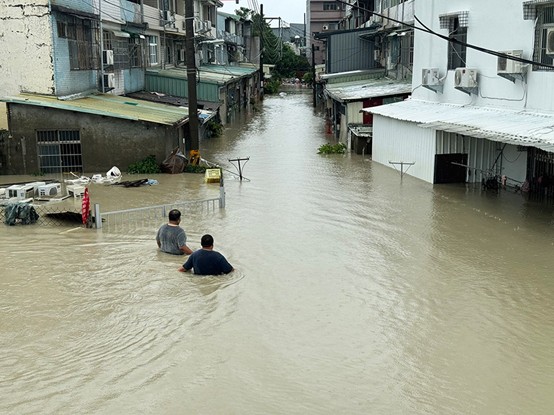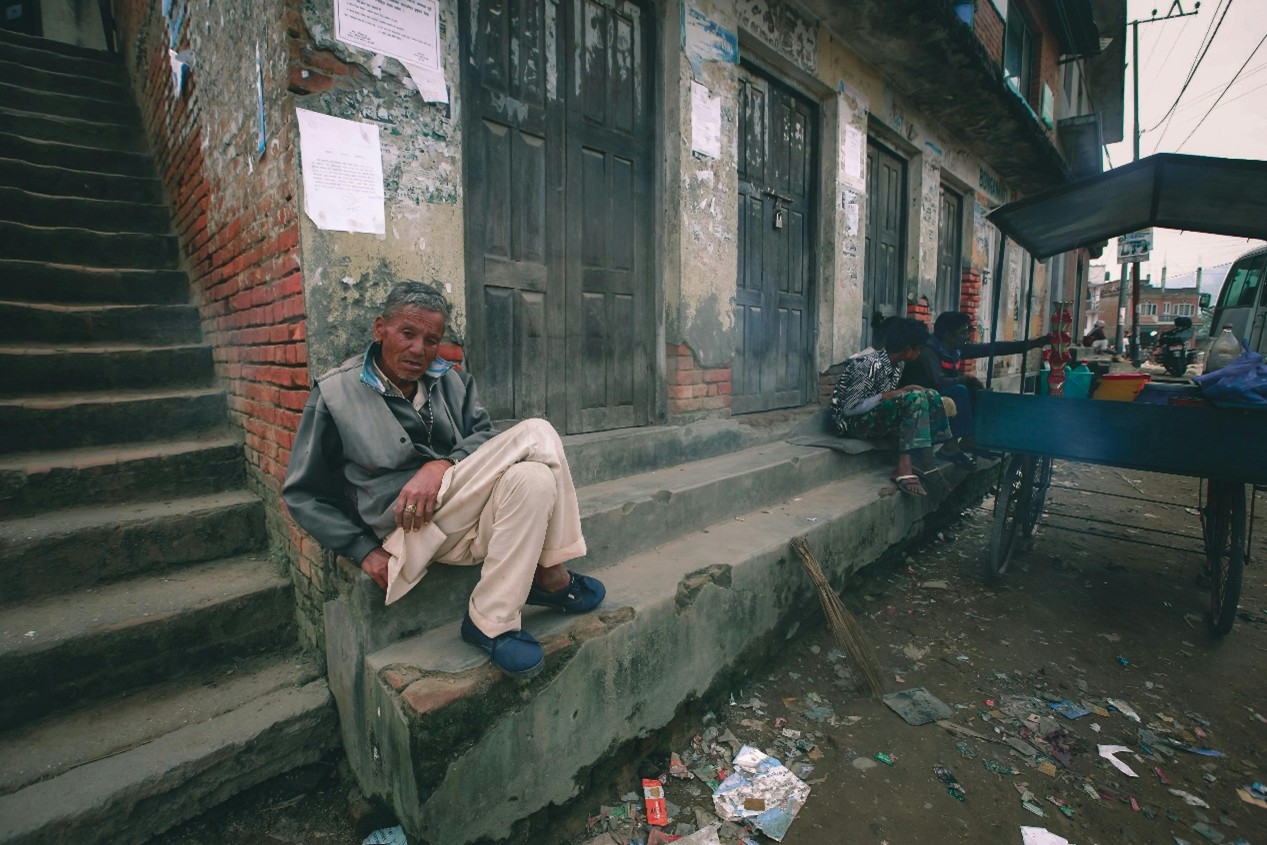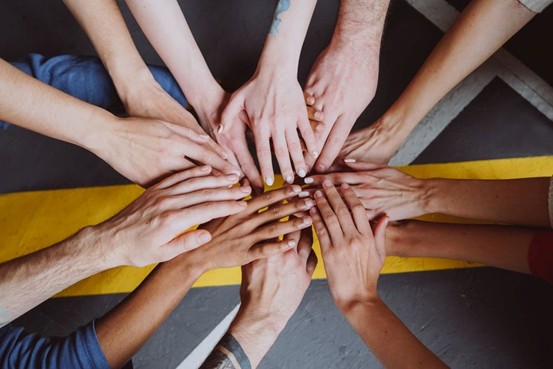We often think of climate change as an “environmental issue,” but its deepest impact lies in social inequality. When temperatures rise and land dries up, it is always those with the least power who have the hardest time escaping the consequences.
When Climate Change Comes Knocking, the Most Vulnerable Pay the Highest Price
Walking under a scorching sun, facing typhoons, or watching floods overflow riverbanks—these might sound like scenes from a disaster movie, but for many people, they are part of daily life. When storms and droughts strike more frequently, it is rarely the wealthy who suffer first; it is the vulnerable families and communities already struggling to get by.
In 2024, the World Bank reported that about 700 million people (roughly 8.5%) live in severe economic hardship, surviving on less than $2.15 a day. Climate change, through its effects on food, agriculture, disaster risks, and health, continues to deepen existing inequalities or trap those already poor from escaping it.

When environmental risks strike, who gets to escape—and who cannot?
1. Agriculture and Food Impacts
For many economically vulnerable regions regions, agriculture is the primary source of livelihood. When rainfall becomes erratic, droughts intensify, and soil degrades, agricultural production suffers—and alternative income opportunities are scarce. Studies suggest that if climate change worsens, 32 to 132 million people around the world could be pushed into conditions of severe economic instability.
2. Disaster Risks and Capital Loss
Floods, storms, and other extreme weather events destroy homes, farmland, and livestock. While those with greater resources often have insurance or savings, economically disadvantaged households with fewer resources are left with little to rebuild.According to the GFDRR, climate change could push more than 100 million people back into poverty within the next 15 years.
3. Health, Infrastructure, and Limited Adaptive Capacity
People living in under-resourced communities often reside in areas with weak infrastructure—along riverbanks, hillsides, or low-lying zones—making them more exposed to floods and heatwaves. They also tend to lack access to healthcare and sanitation. Reports by the EPA and others show that socially marginalized groups are more likely to suffer from extreme heat, infectious diseases, and poor air quality.

The Numbers Behind Changing Lives
Research by the World Bank and IMF suggests that by 2030, climate change could make it harder for an additional 68 to 135 million people to maintain basic living conditions.
In extreme climate scenarios, natural disasters could force 18.2 million people into extreme economic vulnerability.
Countries with weaker infrastructure, technology, and adaptive capacity—often the countries with fewer resources and limited adaptive capacity are projected to bear the greatest losses.
Beyond Sympathy: A Call to Action
We cannot allow climate change to become “a burden silently borne by a few.” The following actions deserve attention from both individuals and policymakers:
- Climate justice strategies:Include vulnerable communities in carbon reduction and adaptation policy design.
- Invest in resilience:Strengthen infrastructure, early warning systems, and agricultural adaptation to empower poor regions to face disasters.
- Enhance social safety nets:Expand post-disaster reconstruction aid, insurance coverage, and cash transfer programs to help affected families recover.
- Support international cooperation:Wealthy nations should shoulder their historical carbon responsibilities by providing funding and technology to help vulnerable countries transition.
- Reduce personal carbon footprints:Opt for renewable electricity, reduce car use, and prioritize walking or public transit.
- Make sustainable consumption choices:Buy local produce, support fair trade, avoid overconsumption, and spend with environmentally and socially responsible companies.

As climate challenges intertwine with social inequality, those most in need of support are often the least seen.
Climate change is not a distant crisis—it’s a reality unfolding now.
May we not only understand, but also act to make a difference.
